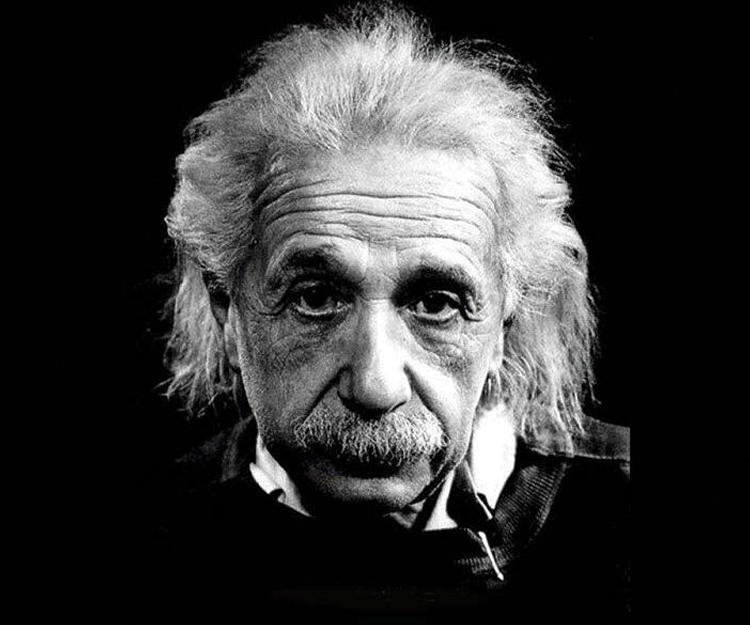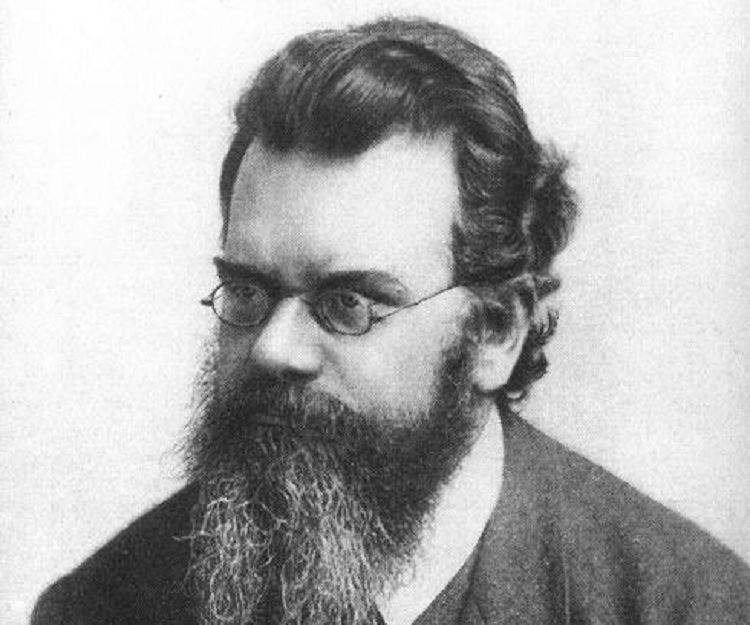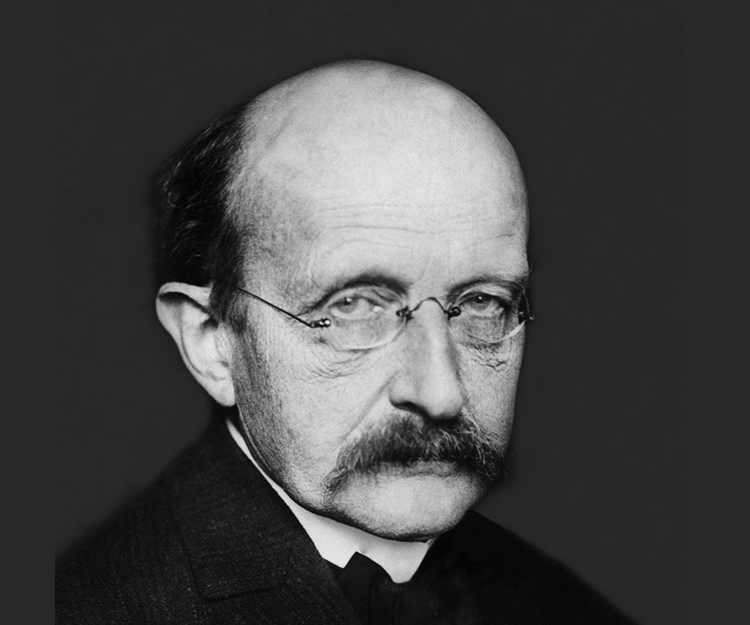About Us - David Eduardo Toro
As a child, I dreamed of becoming like Einstein. Growing up in Orlando, Florida, I would often walk from school to my house, passing by a small pond. One day, I threw a rock into the water and became mesmerized by the ripples. I wondered about the mathematics behind those waves, imagining the equations that described them.
In high school, I didn’t take physics, so it wasn’t until I was accepted to the Florida Institute of Technology that I finally studied the subject. I distinctly remember opening the wave chapter in Physics 1 and being struck by the simplicity of the solution: it was just a sine wave. At first, I felt silly for not realizing it sooner, but that moment sparked a lifelong fascination.
Later, during a vacation in Washington, D.C., while staying in a luxurious apartment with my sister, I began contemplating signal processing. I asked myself what the derivatives of the sine function would yield. To my amazement, these derivatives revealed the mathematical underpinnings of the work function in string theory—an acceleration and work relationship tied to strings of light. At that moment, I recognized its connection to gravity, the Grand Unified Force. I spent days exploring these equations, integrating Newton’s law of gravity, Einstein’s equations of energy, and de Broglie’s wave-particle duality. Suddenly, modern physics seemed to fall into place.
Building on these insights, I recalled how Planck’s equations were derived using dimensional analysis. By applying the string theory work function, I derived Planck’s equations without relying on units. The theoretical implications revealed the size, mass, and time scales of strings postulated by string theory. Through Einstein’s photoelectric effect, I experimentally validated this work function, providing strong evidence for the correctness of string theory.
Using dimensional analysis, I deduced the nature of primordial strings, identifying them as electric fields. Remarkably, I found that the maximum number of electric fields a string can carry corresponds to the speed of light, 299,792,458 m/s. Additionally, I formulated a theoretical explanation for the acceleration and deceleration of light as a function of the medium it traverses. Using Snell’s law, I proved Einstein’s Special Theory of Relativity by analyzing light refracted through a diamond.
In astrophysics, I tackled the dark energy mystery. I proposed that gravity operates by transmitting energy linearly to the universe’s center of mass. This mechanism explains why gravitational energy serves as the primary energy source at the cores of the Sun and Earth. I also suggested that hurricanes arise from the same gravitational center of mass mechanism, akin to the dynamics of black holes.
By studying the energetics of stars orbiting Sagittarius A*, the supermassive black hole at the center of our galaxy, I concluded that the gravitational energy of the universe contributed to the formation of black holes. My calculations revealed the universe’s age and size, aligning closely with other cosmological estimates. To confirm, I determined the gravitational energy required to overcome the electrostatic energy of two opposing charges. The results reinforced the conclusion: the entire mass of the universe’s gravitational energy was necessary for black hole creation.
These investigations also supported the theory of cosmic inflation. Data showed that the shrinking of Sagittarius A* led to the rotation of the galaxy. Furthermore, using heat equations, I derived the mass of a proton as a function of elapsed time, confirming the Big Bang model. My calculations estimated the universe’s age at 15.35 billion years, with results from stellar orbit data differing by less than 3%.
I also estimated the time required to generate the universe’s energy during the Big Bang, concluding it took between 1,070 and 1,498 years. This timeframe aligns with the homogeneous energy distribution observed in the Cosmic Microwave Background Radiation, supporting the idea that energy expanded from a central location.
Lastly, I applied advanced mathematics to rederive Galilean equations of motion using time as a fundamental basis. This new approach provided additional evidence for string theory and Einstein’s General Theory of Relativity, further unifying the mathematical foundations of our understanding of the universe.
What Scientist Comments




JOIN THE NEWSLETTER
Contact Us
- David Toro
- david@gut-theory.com
